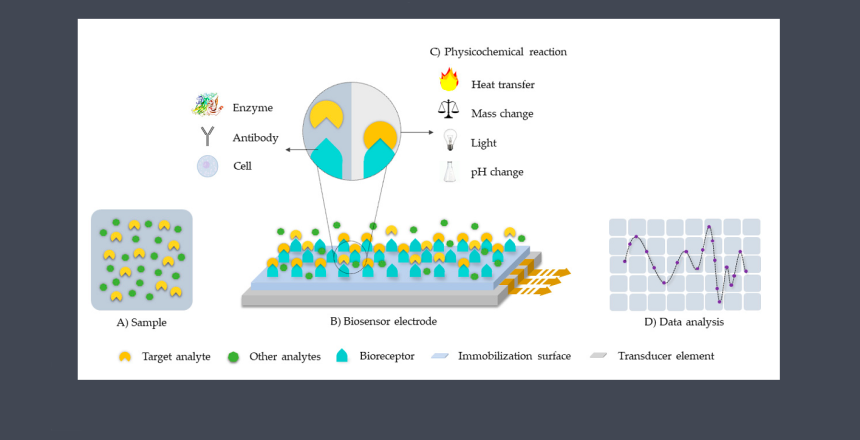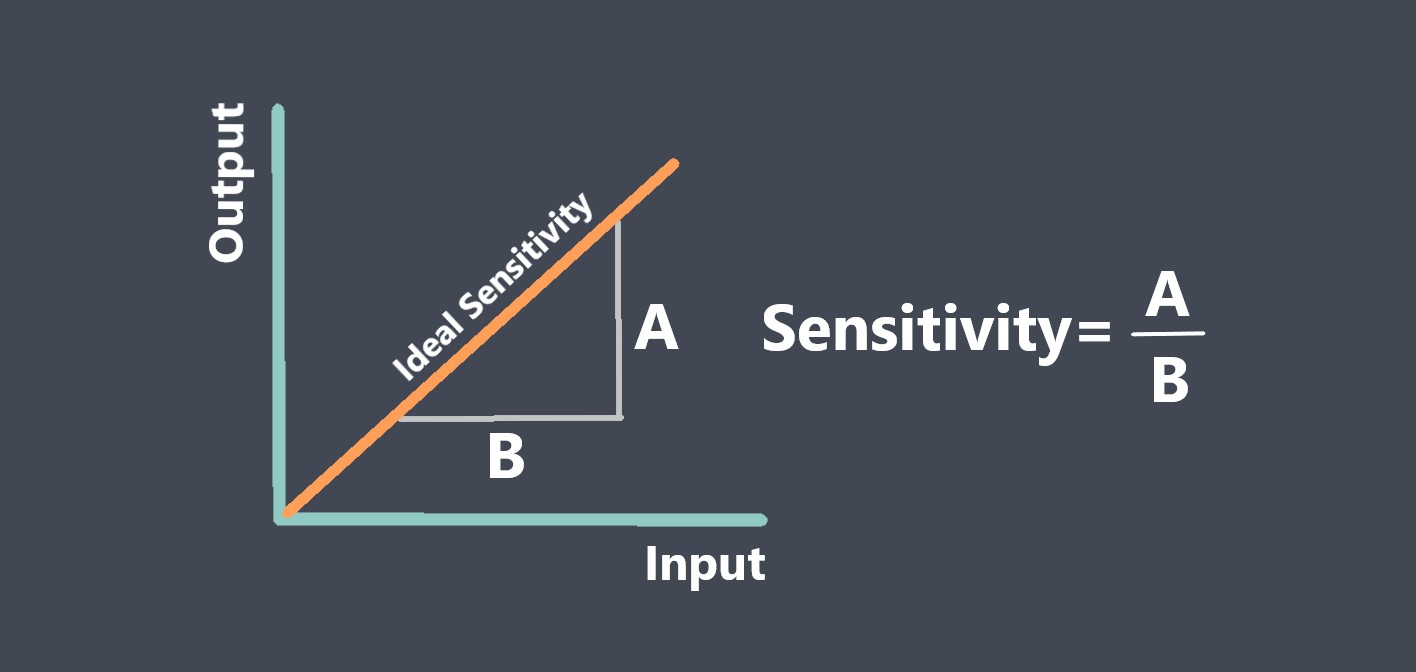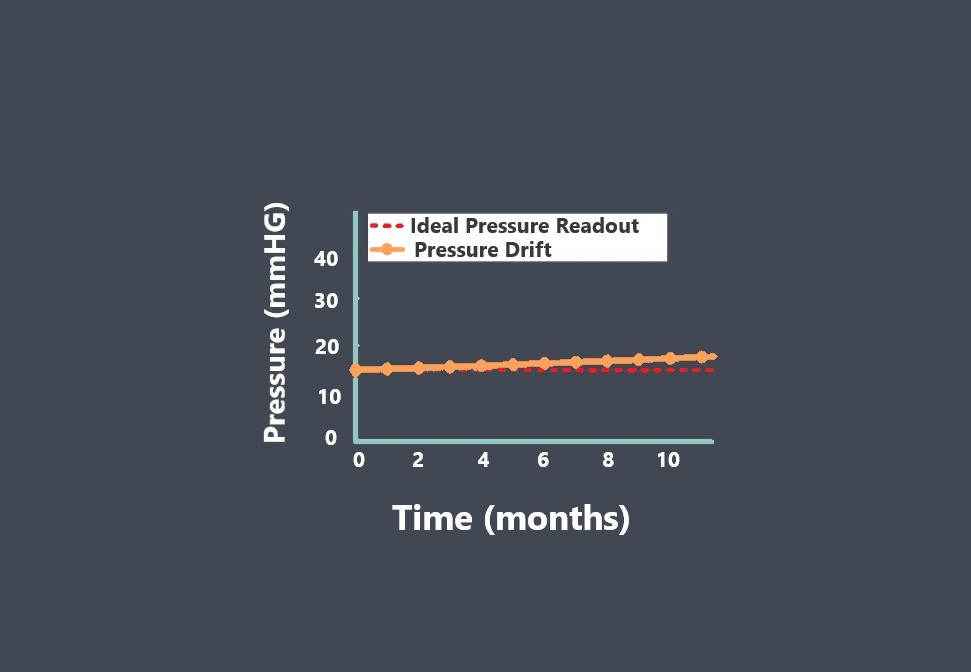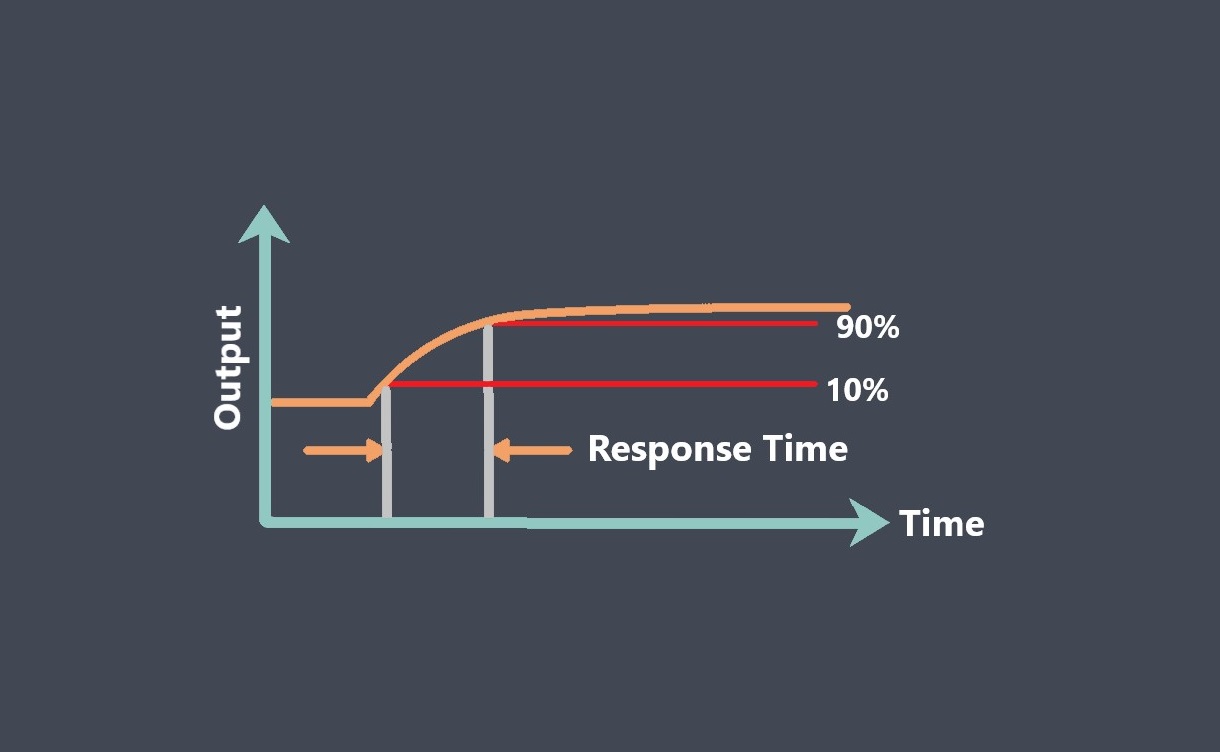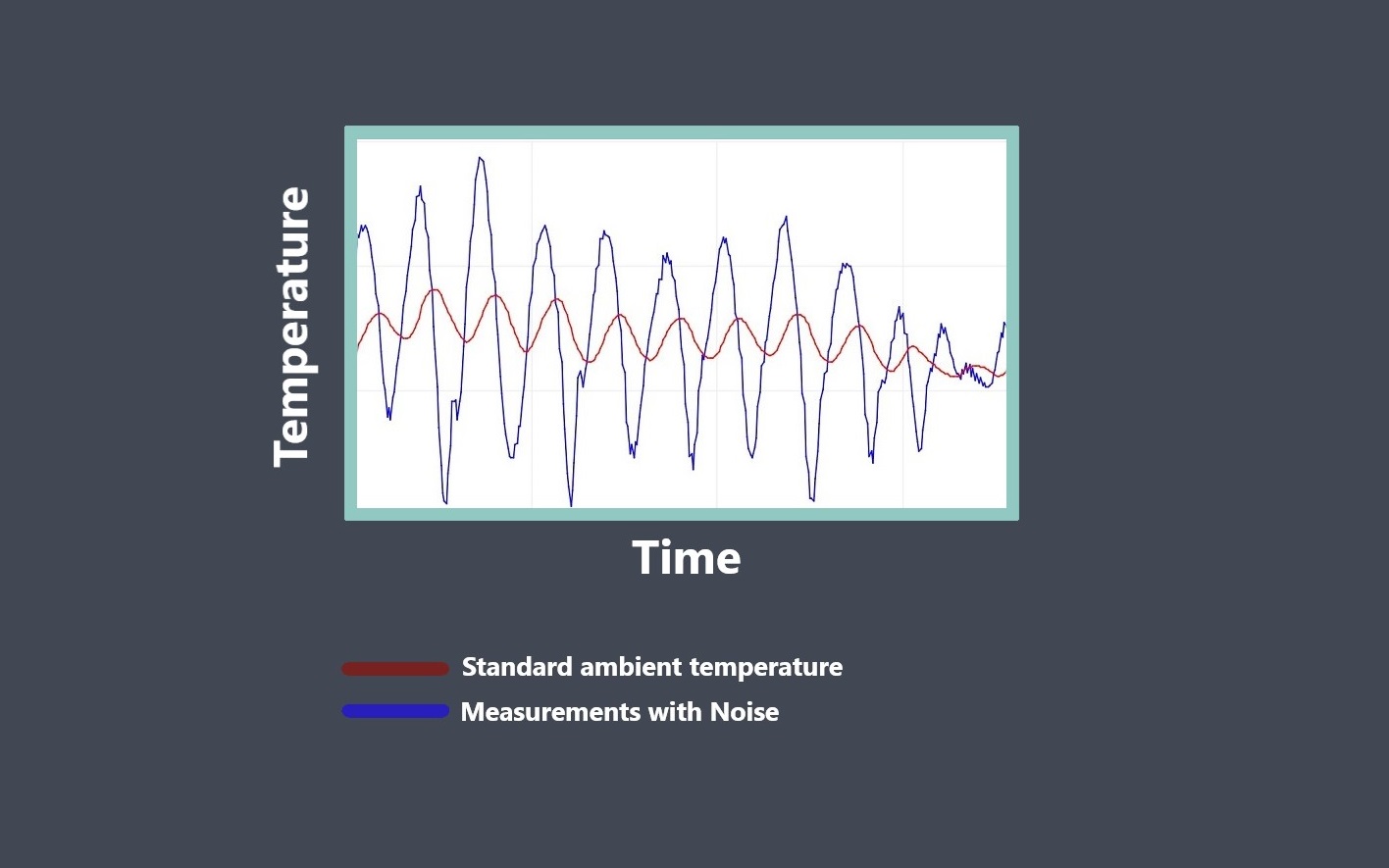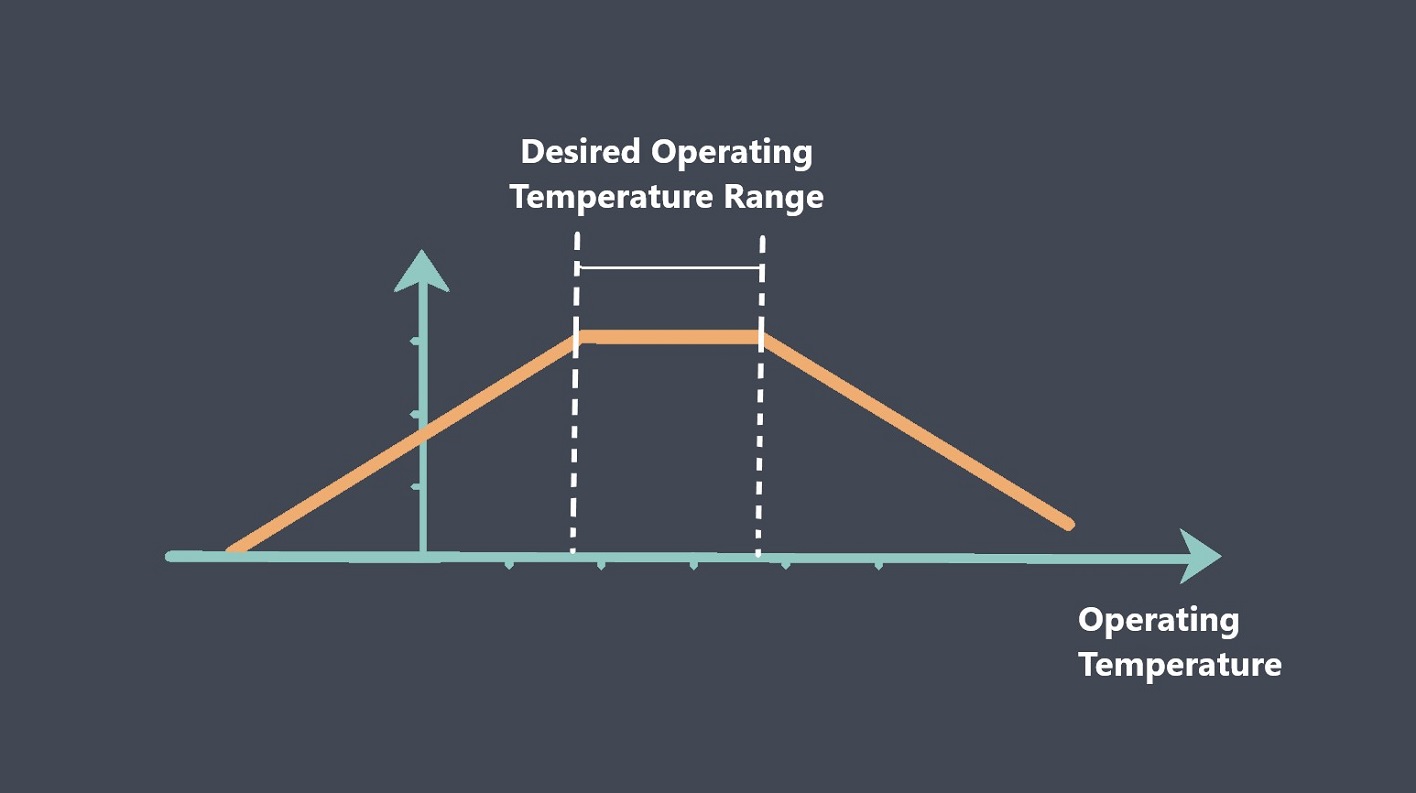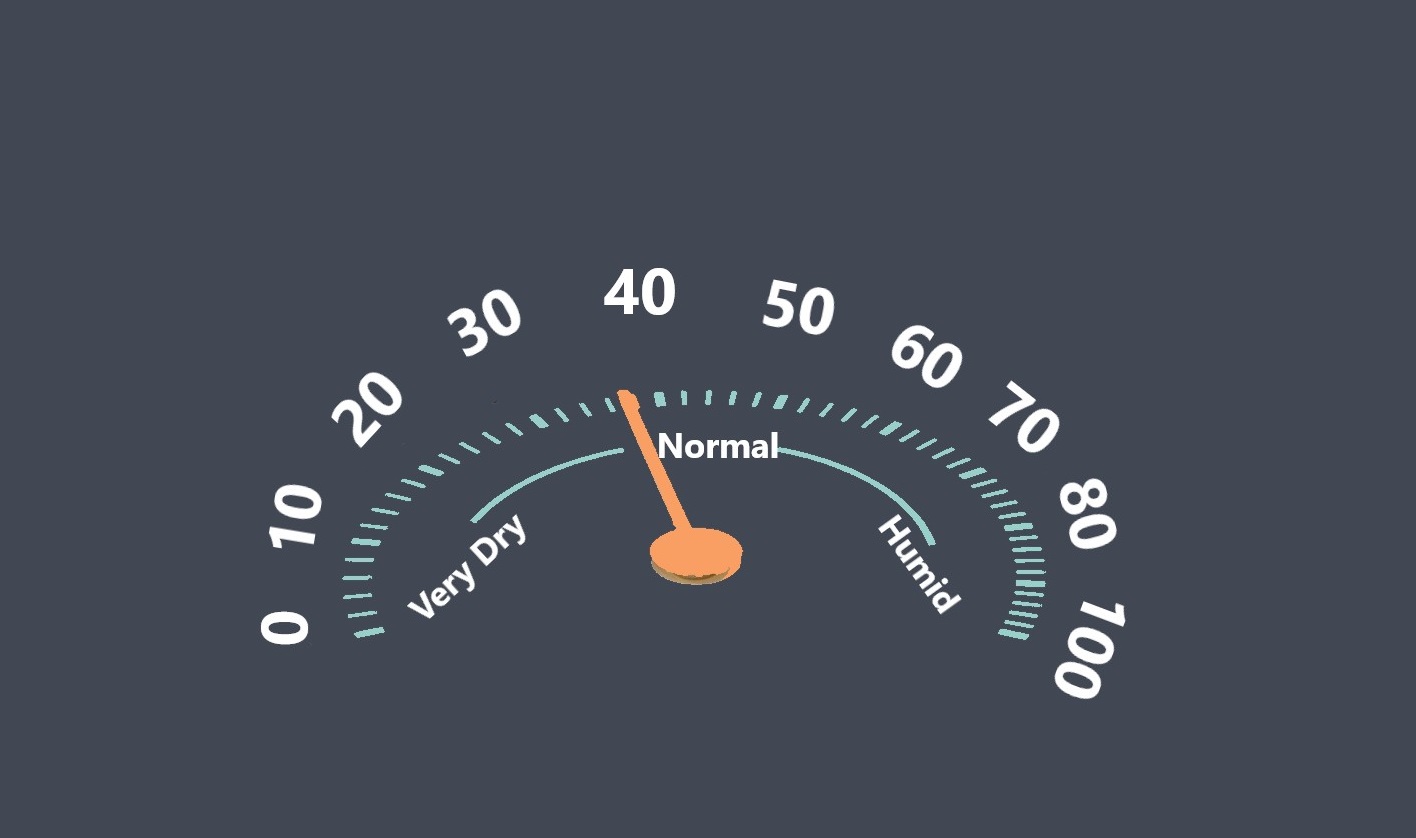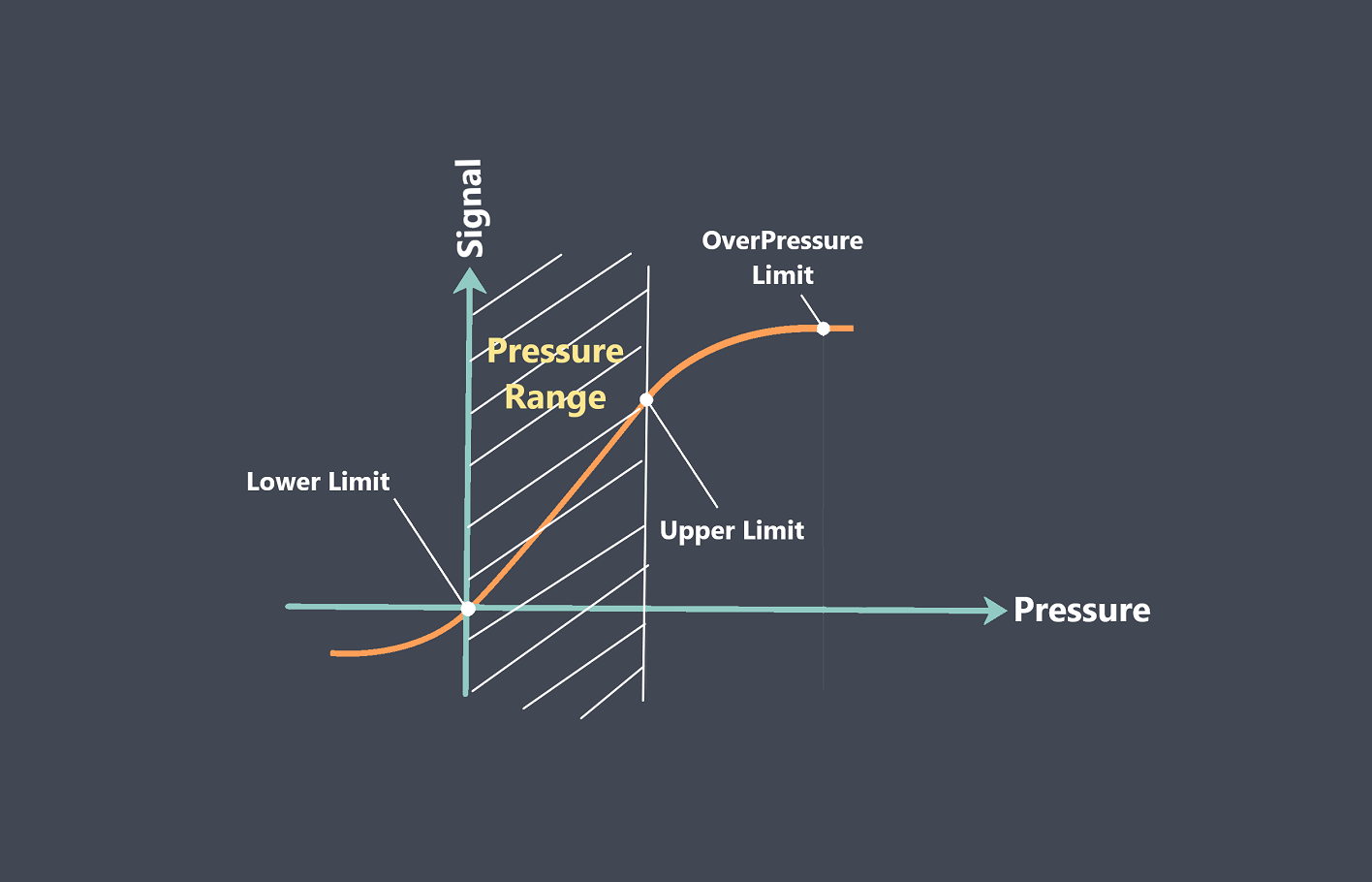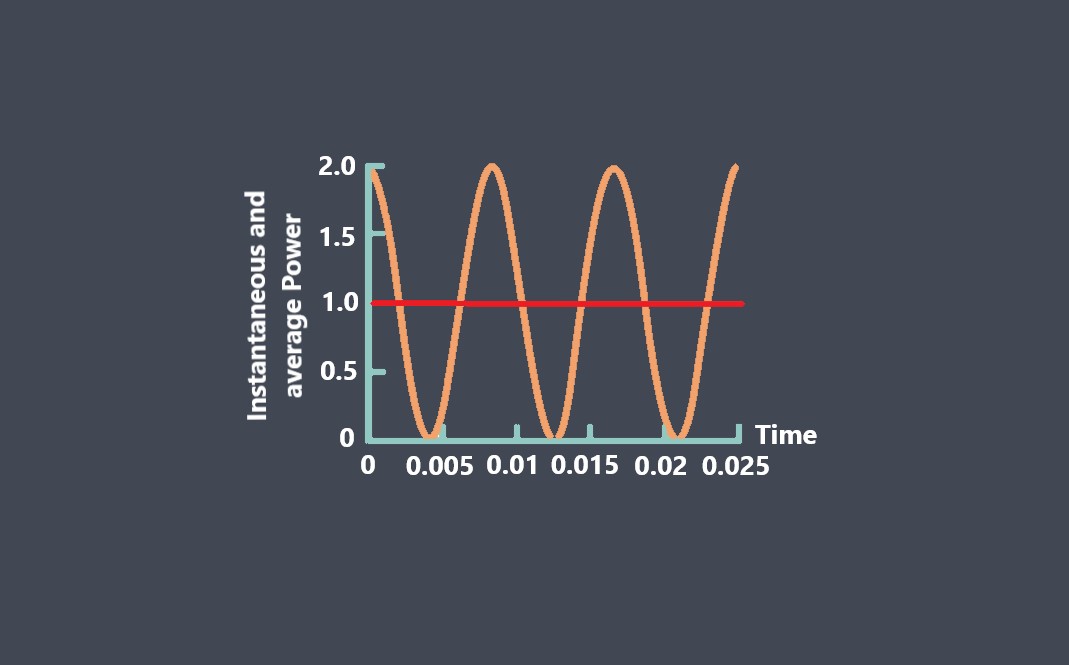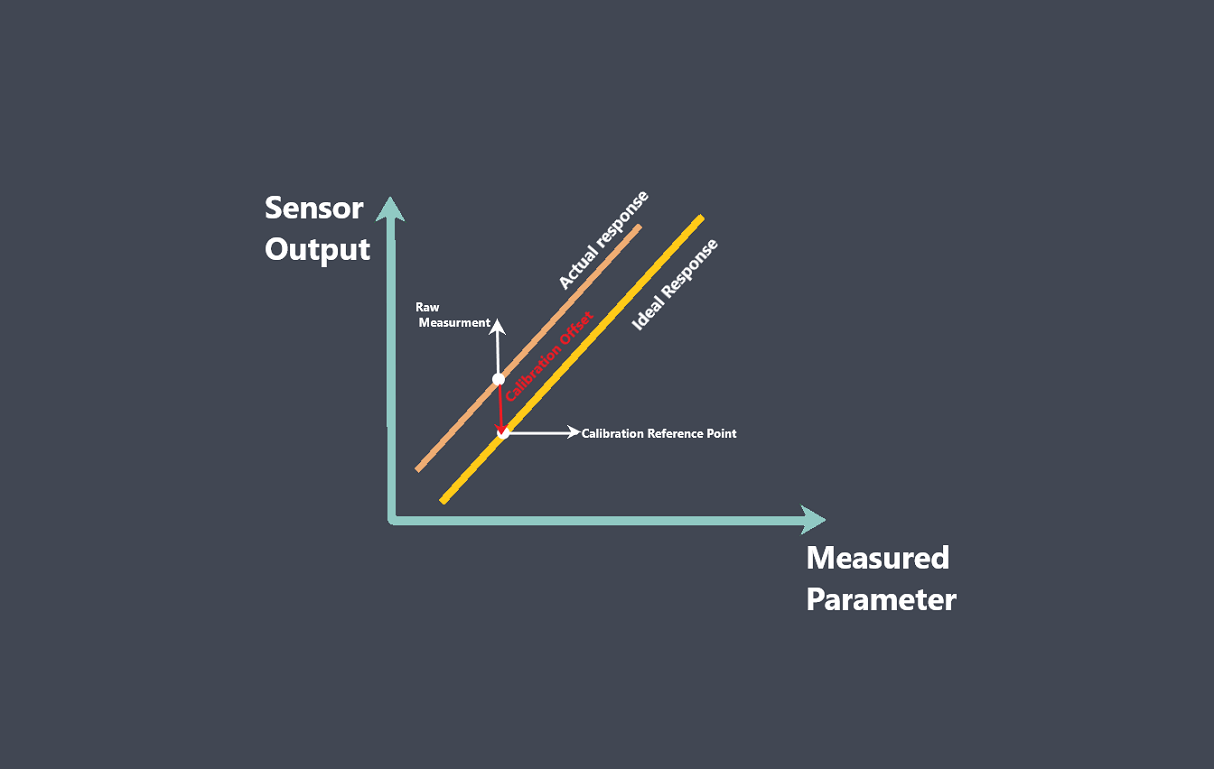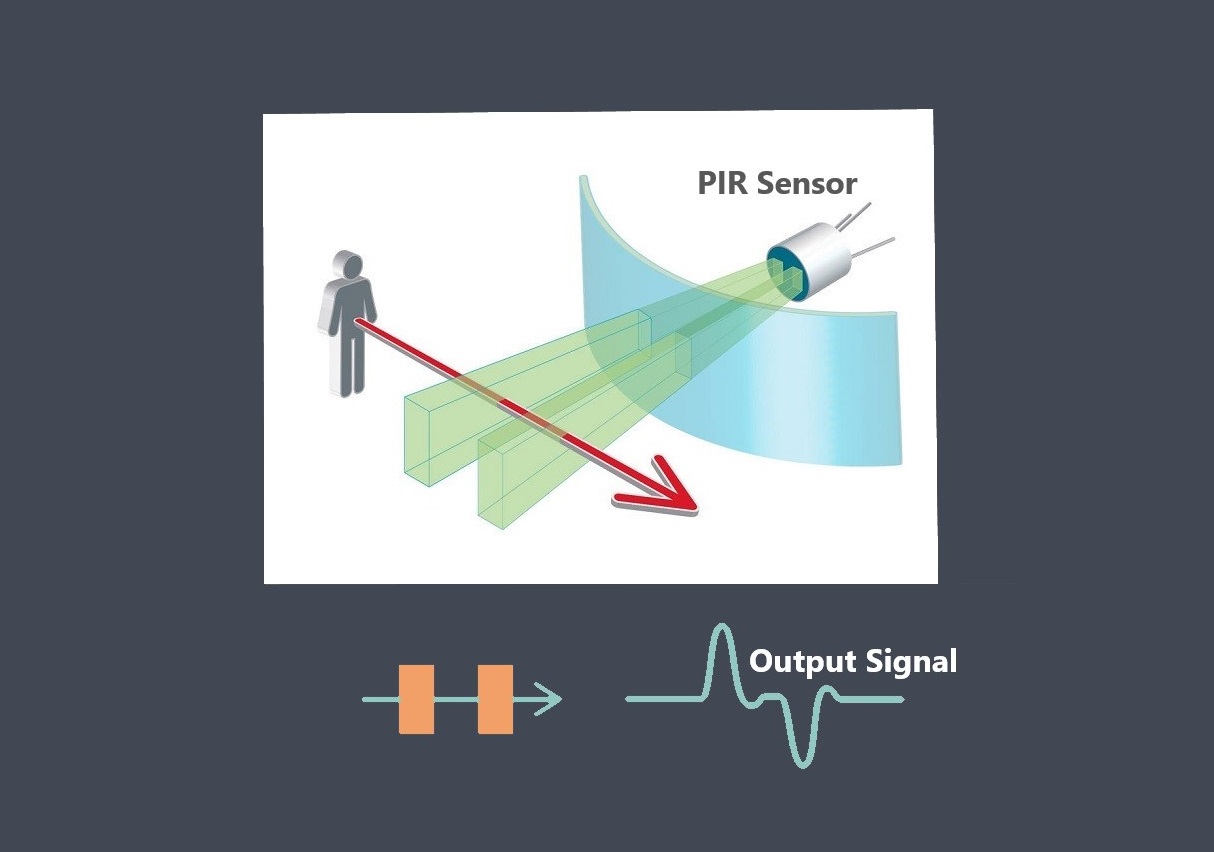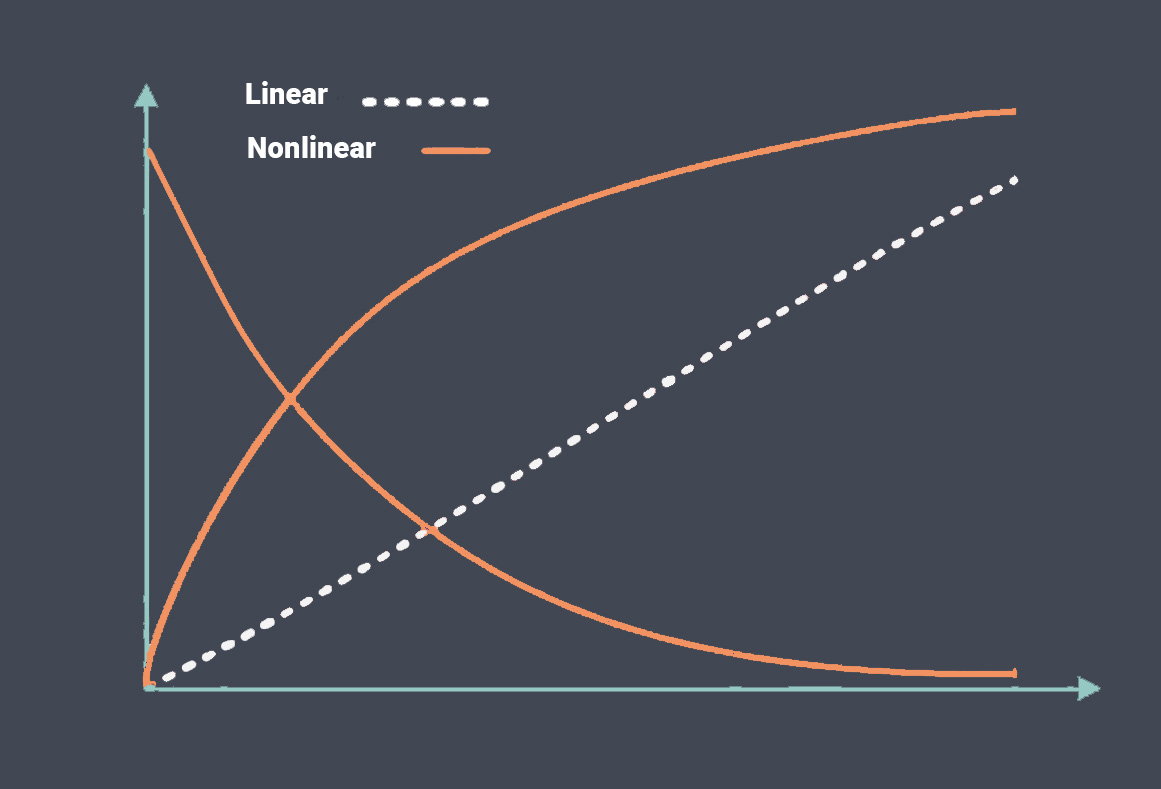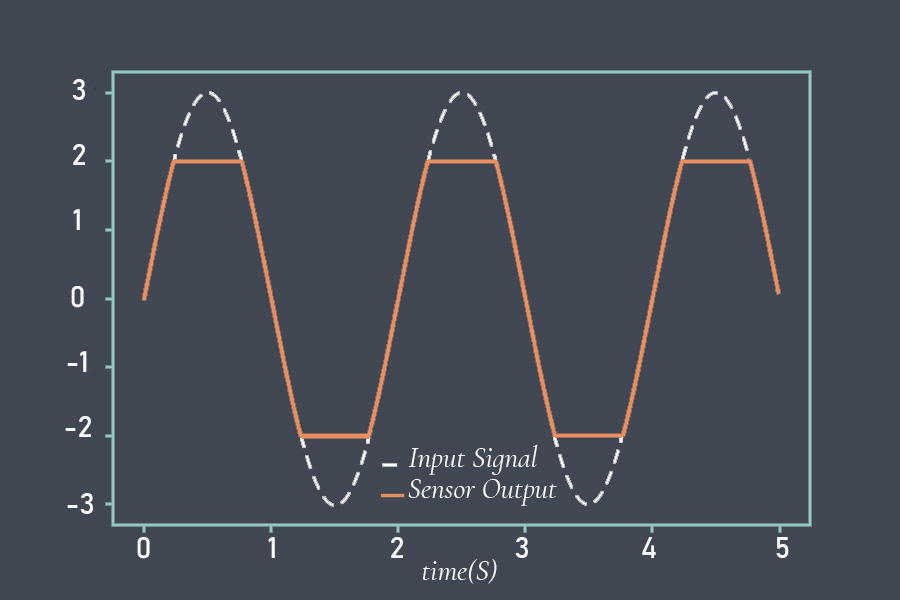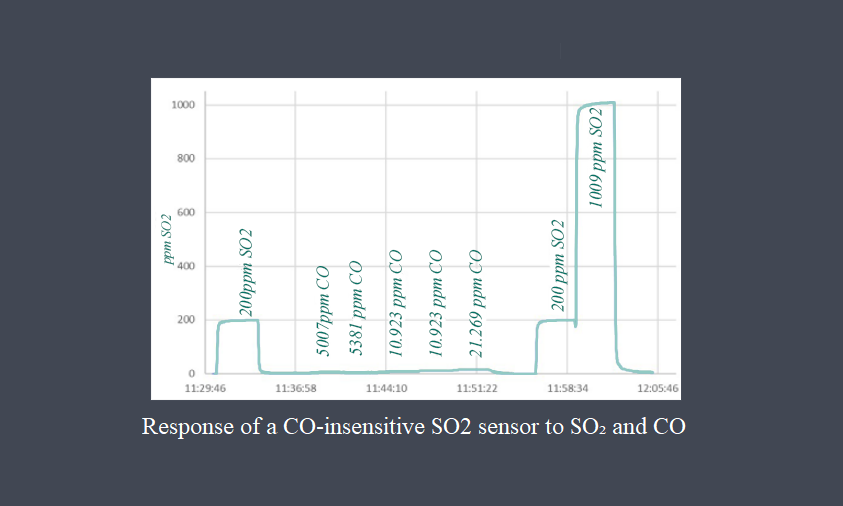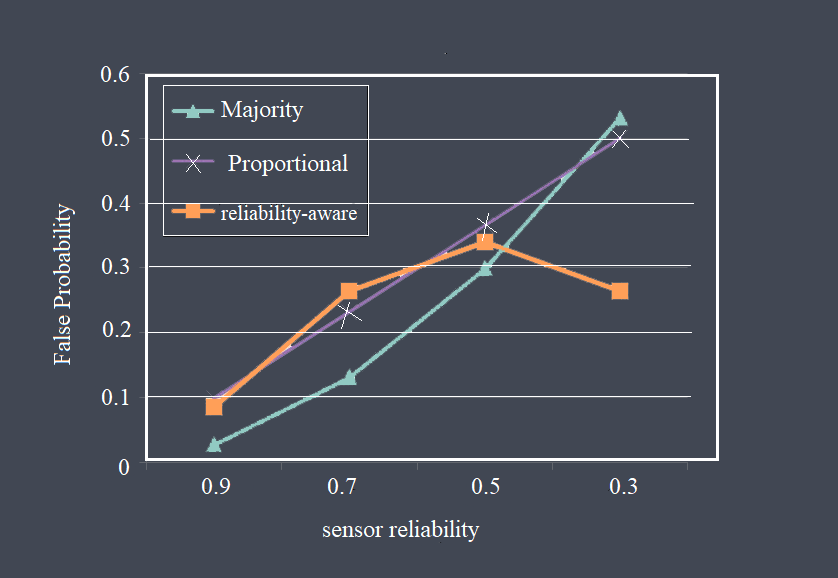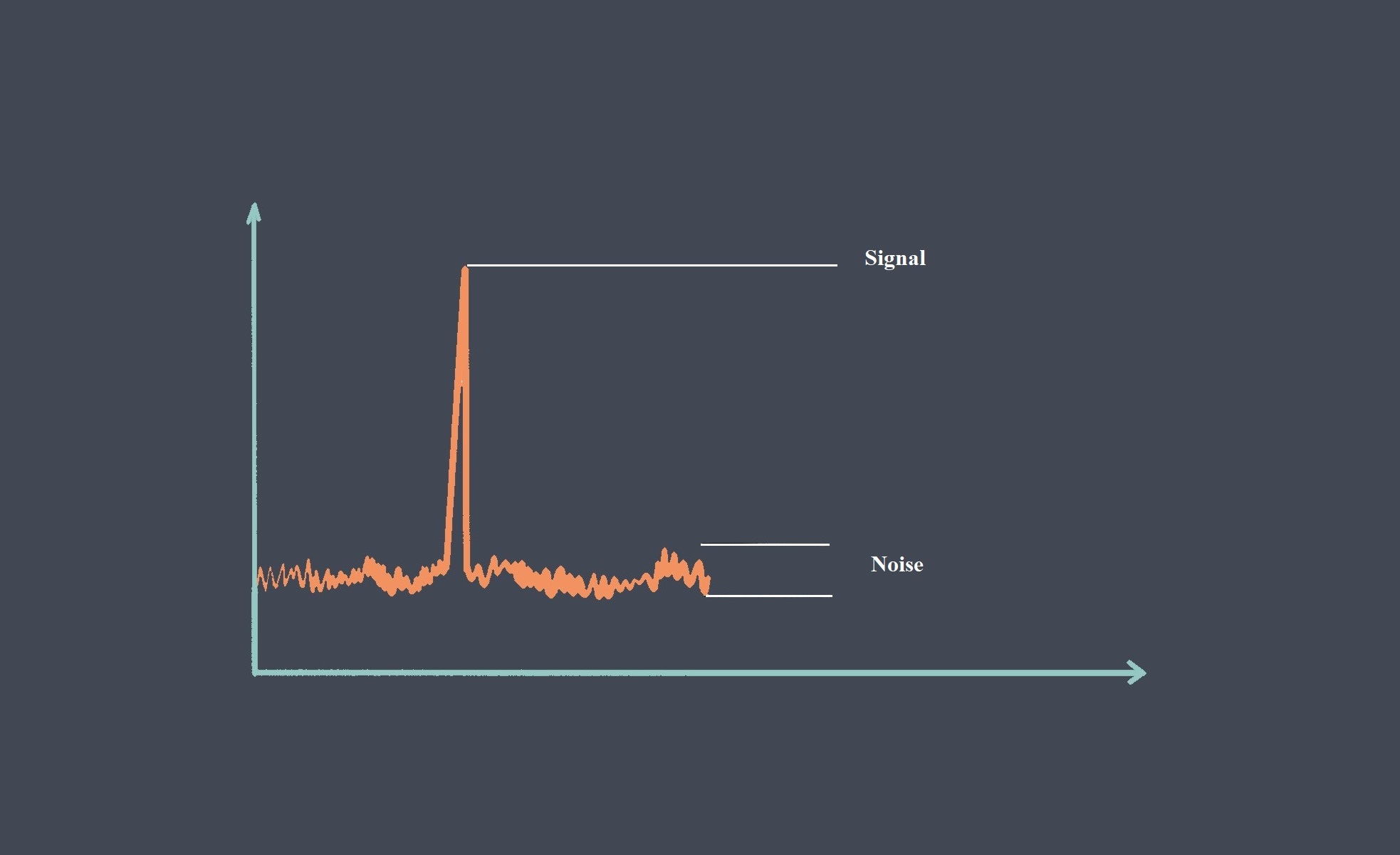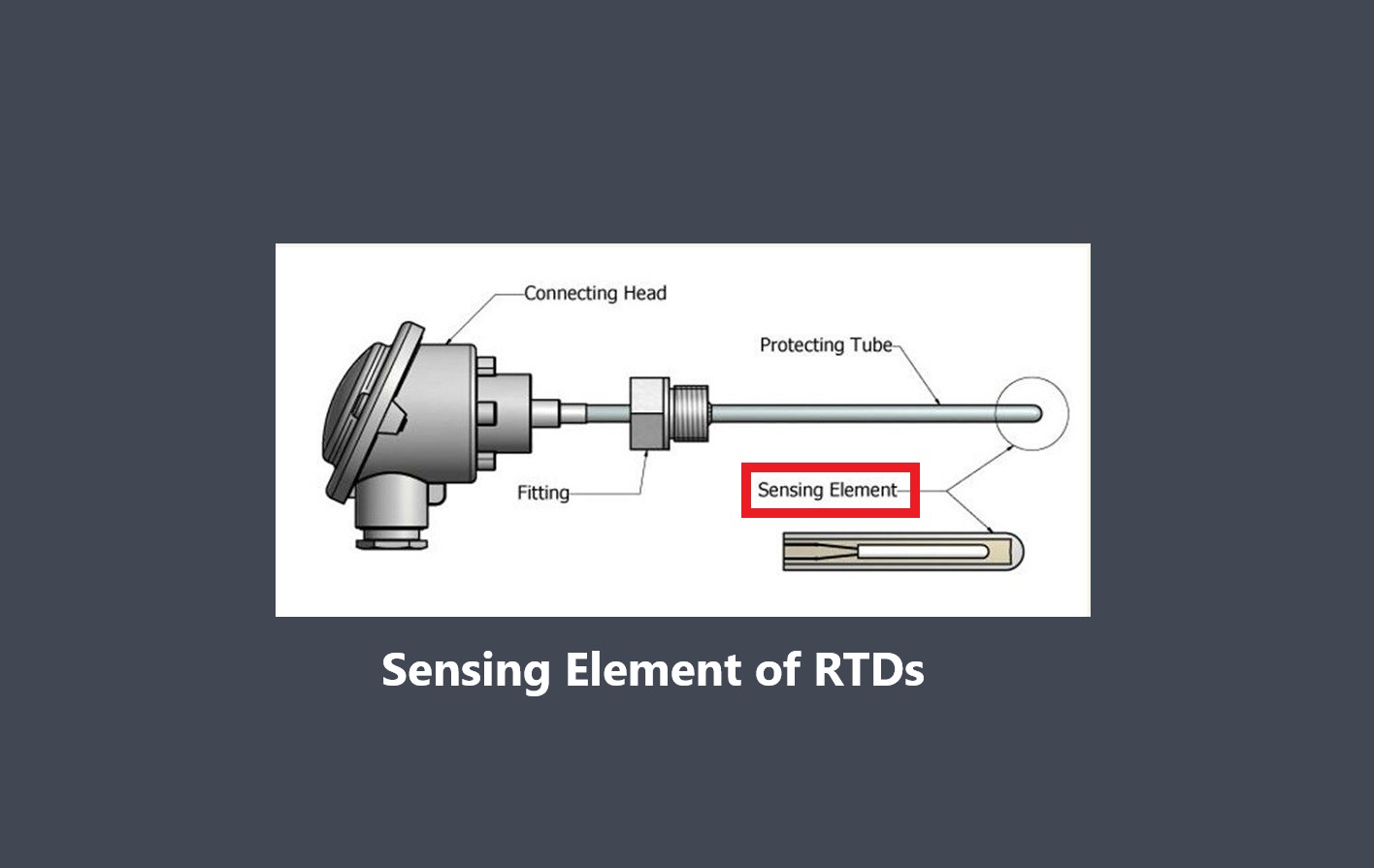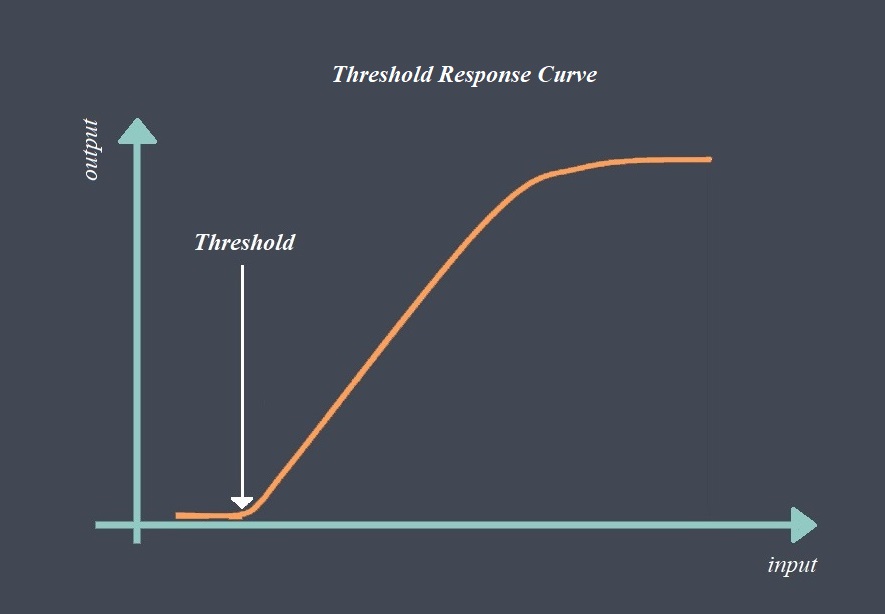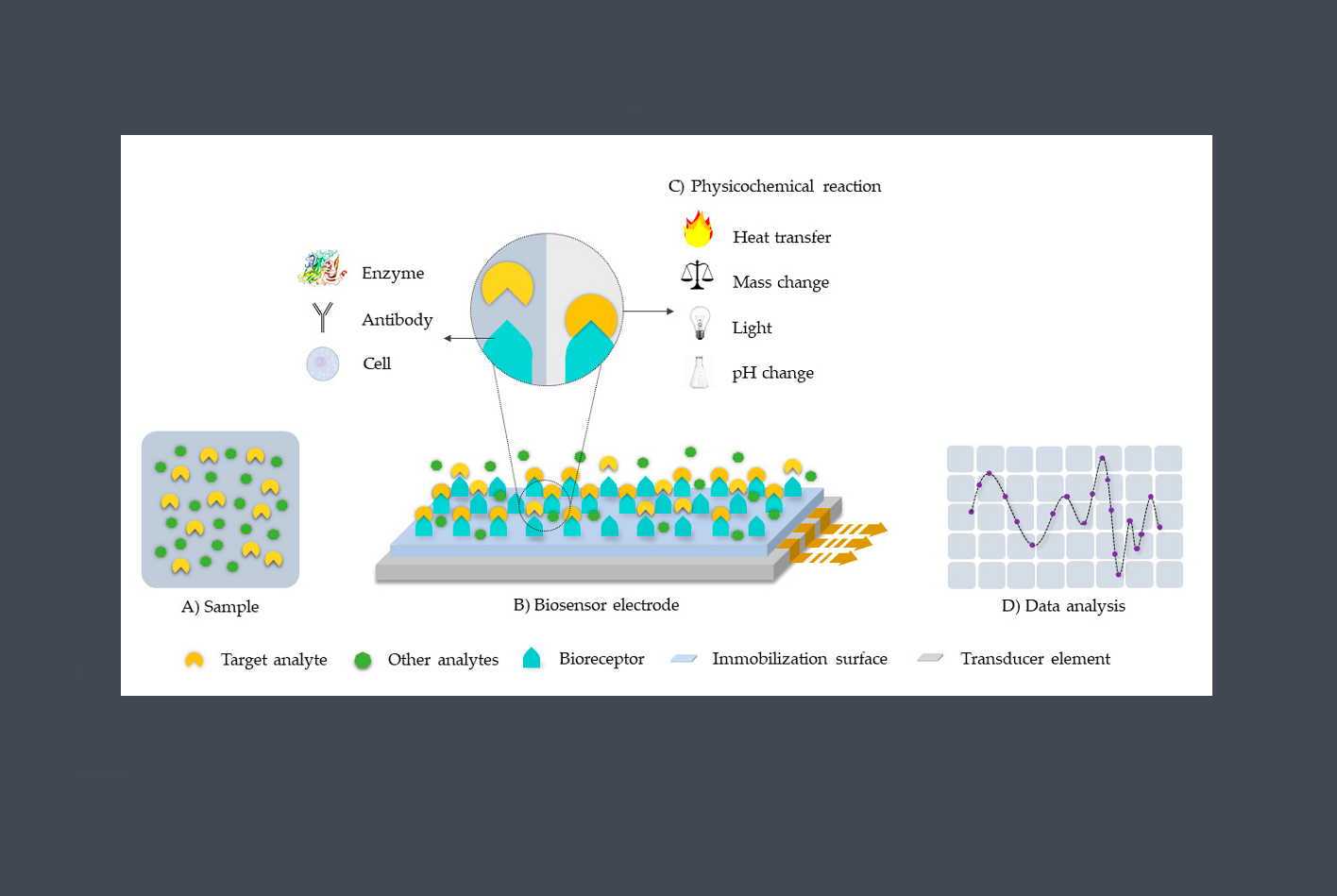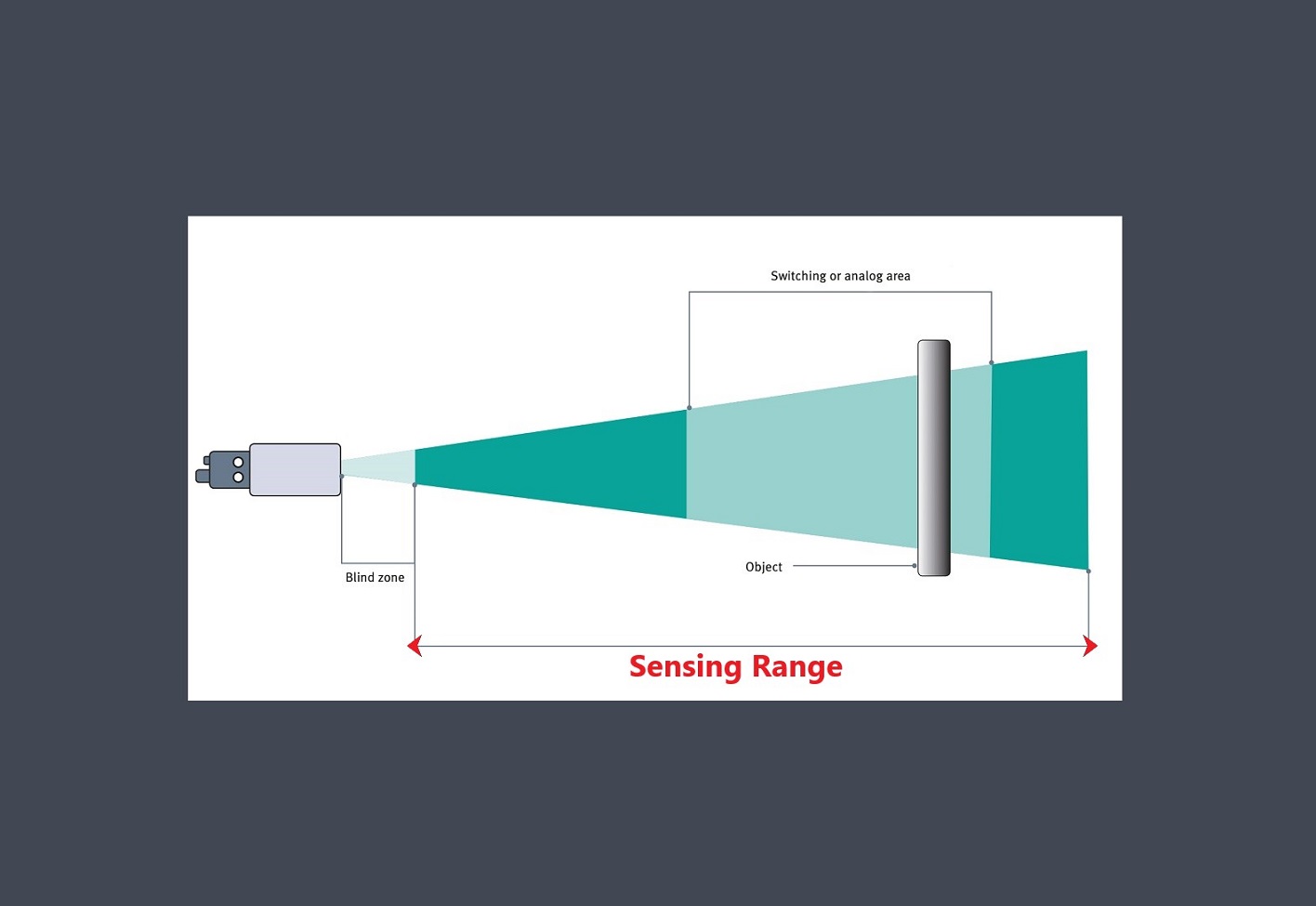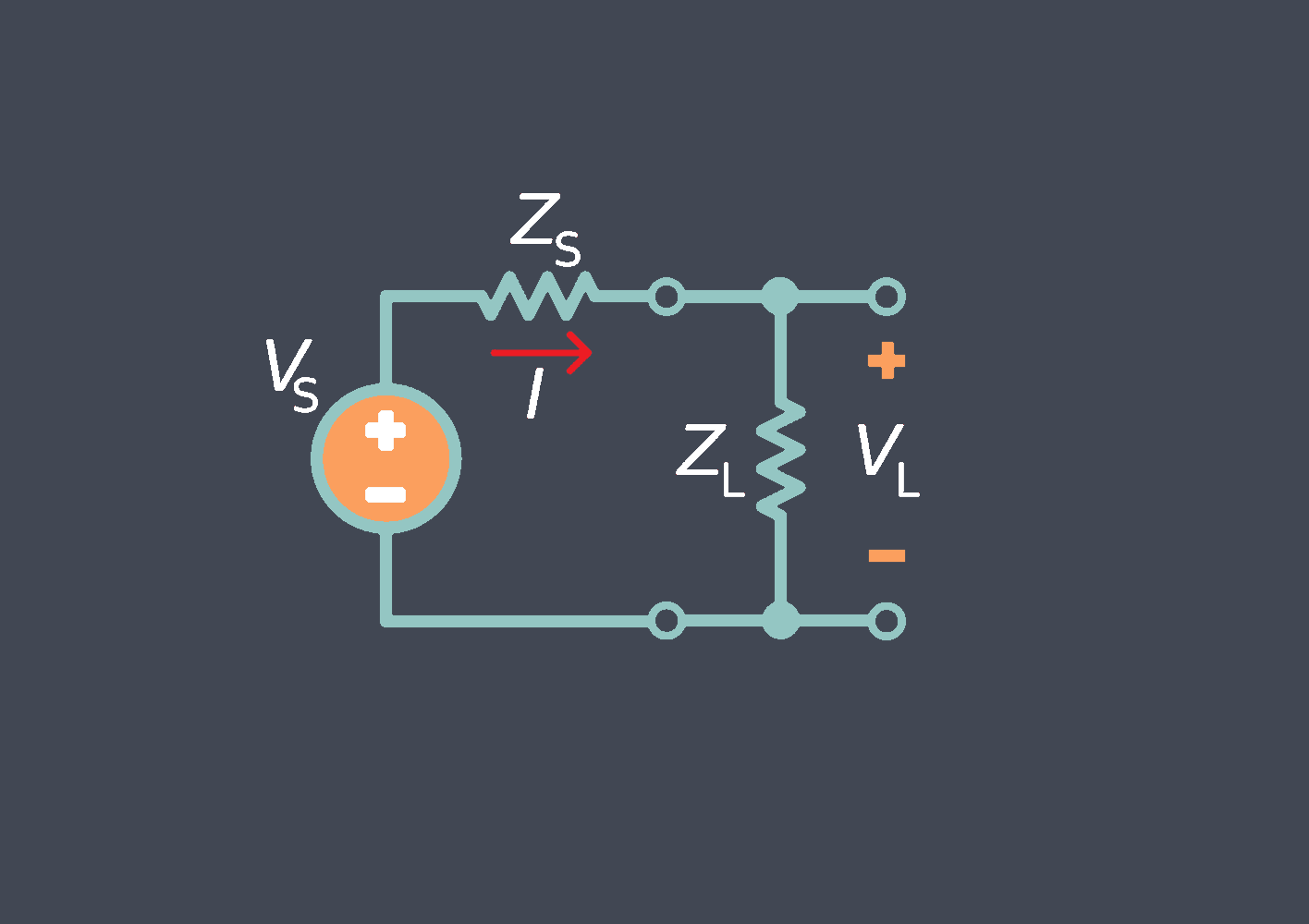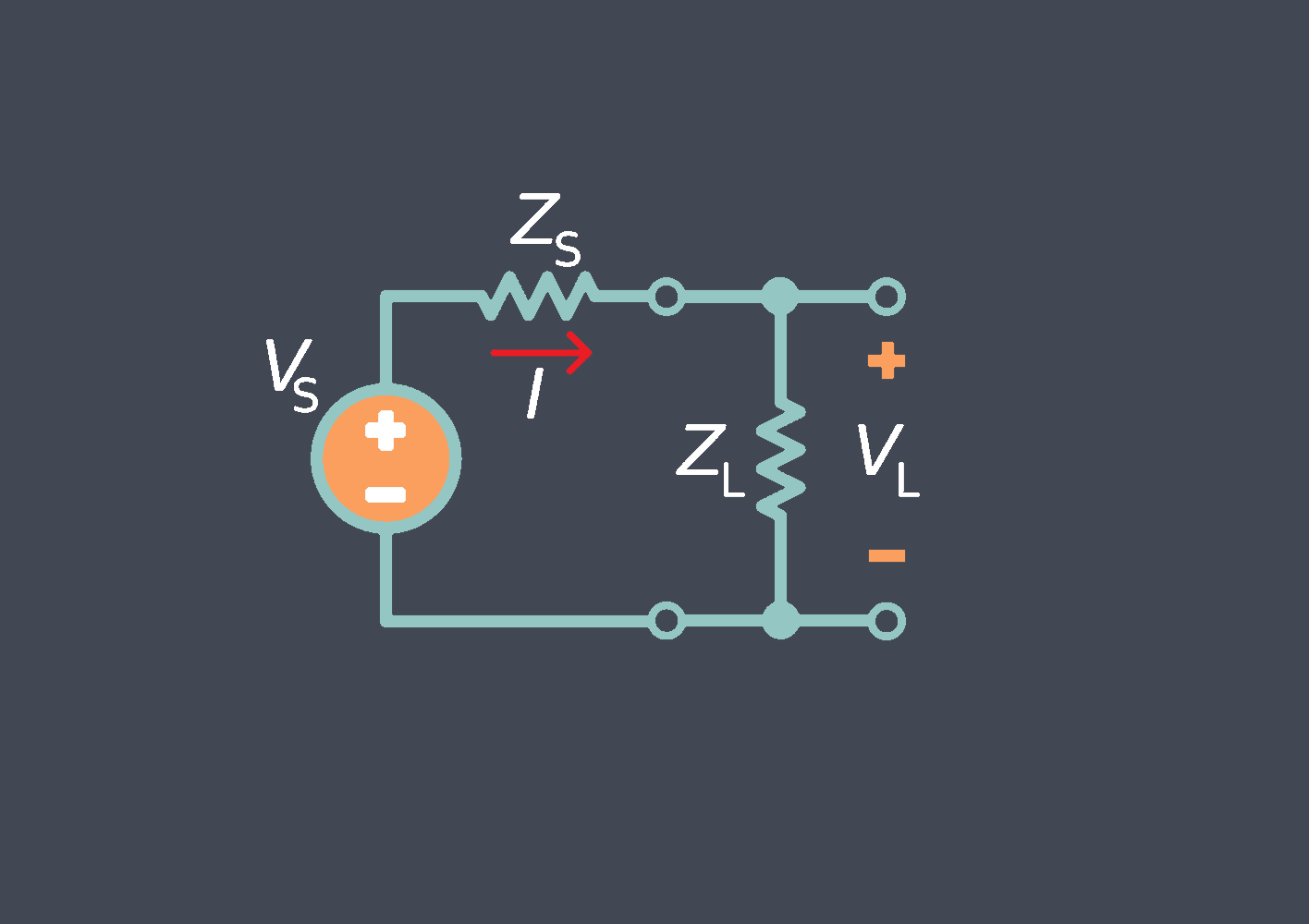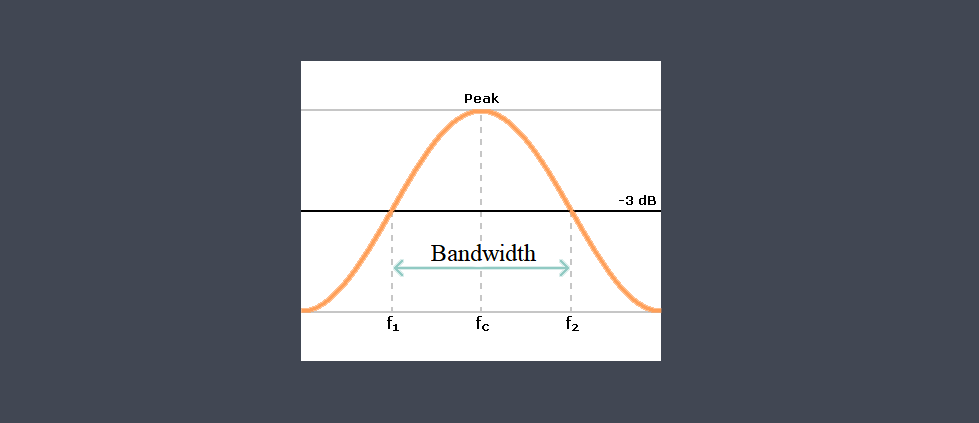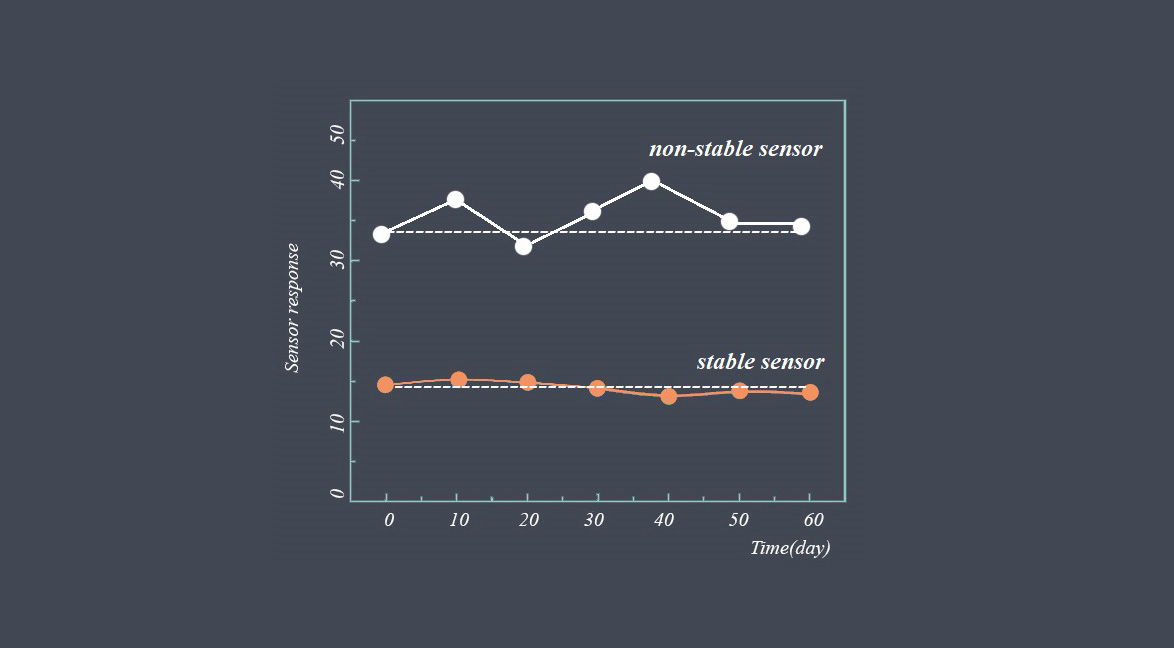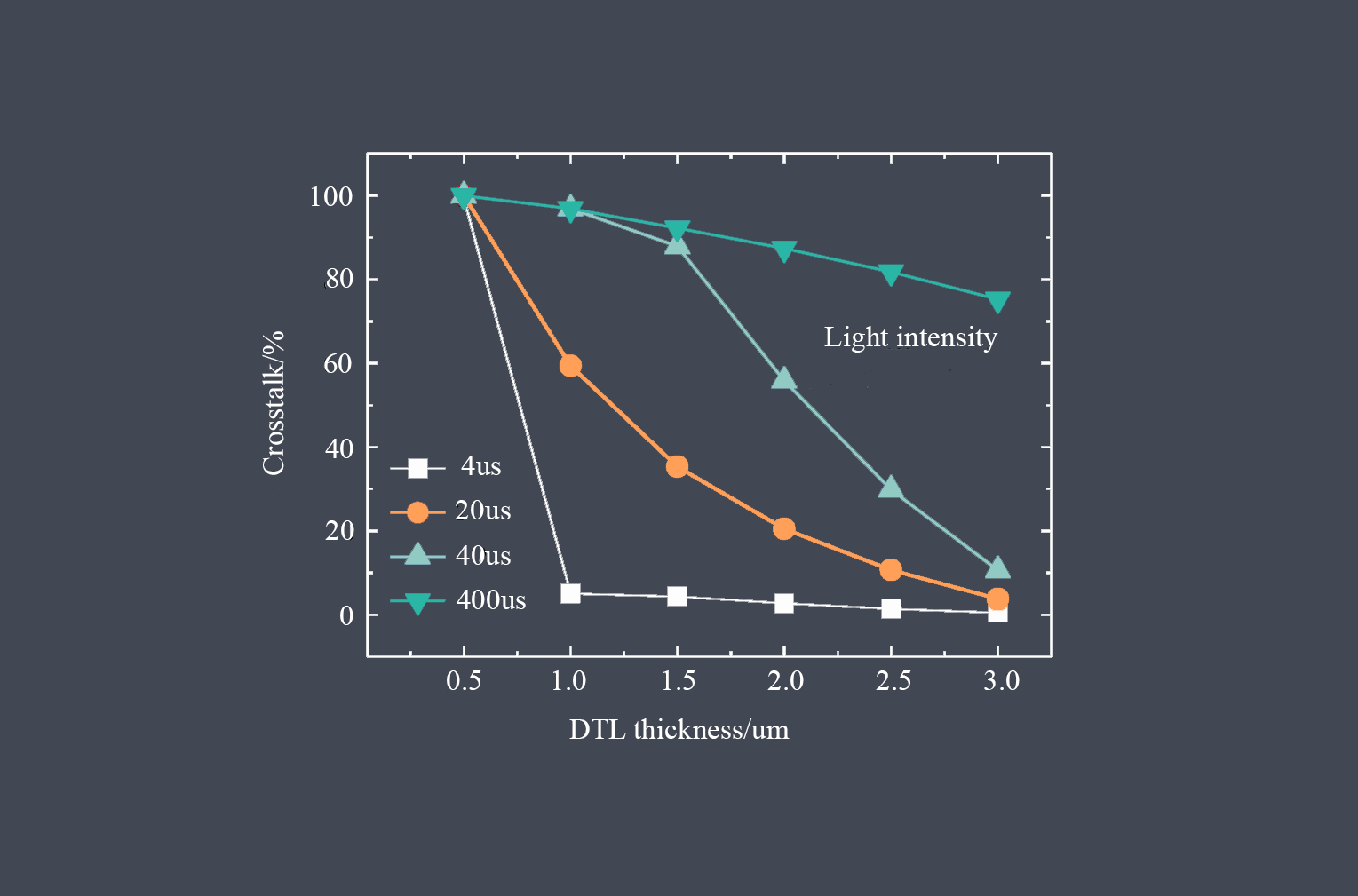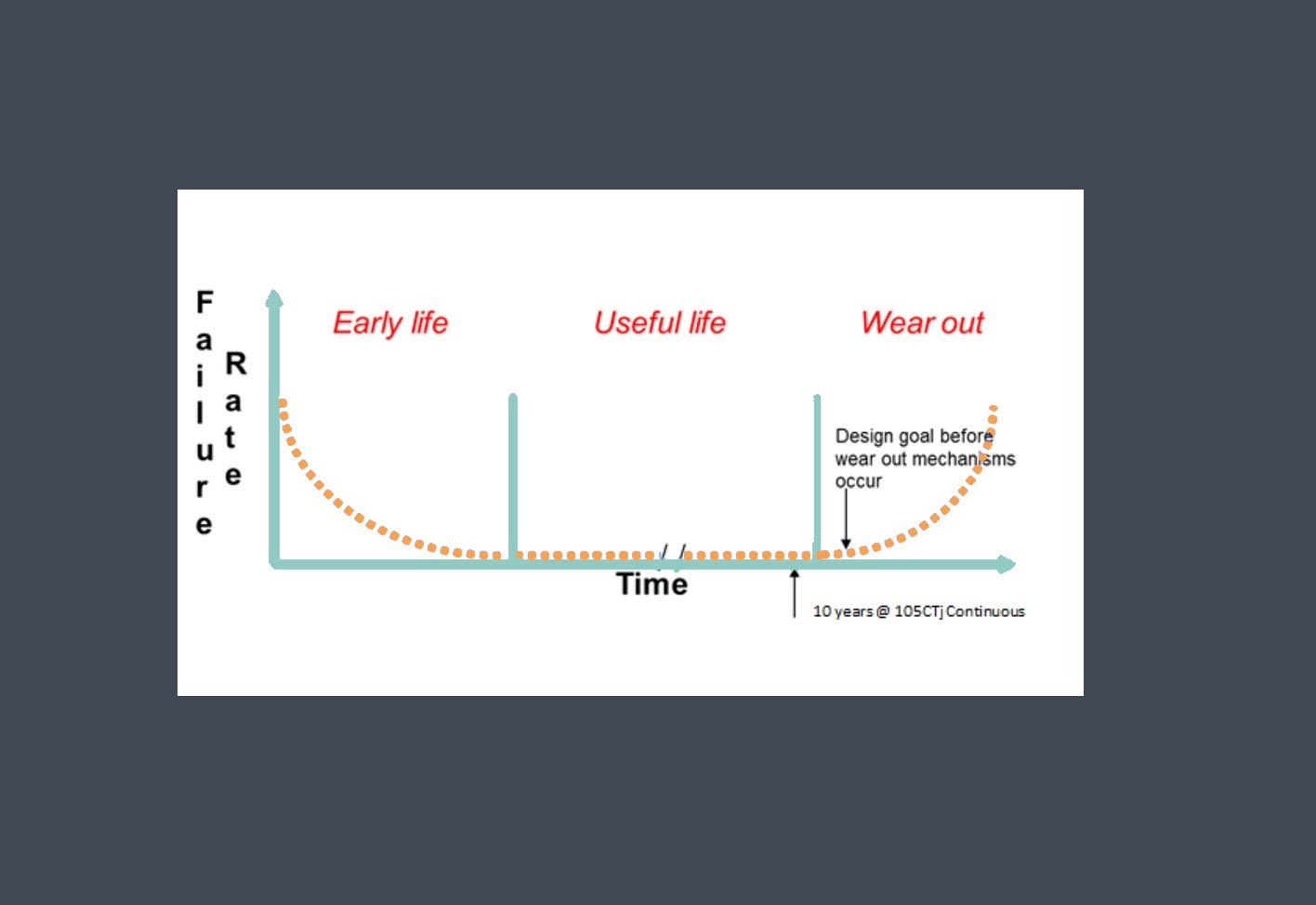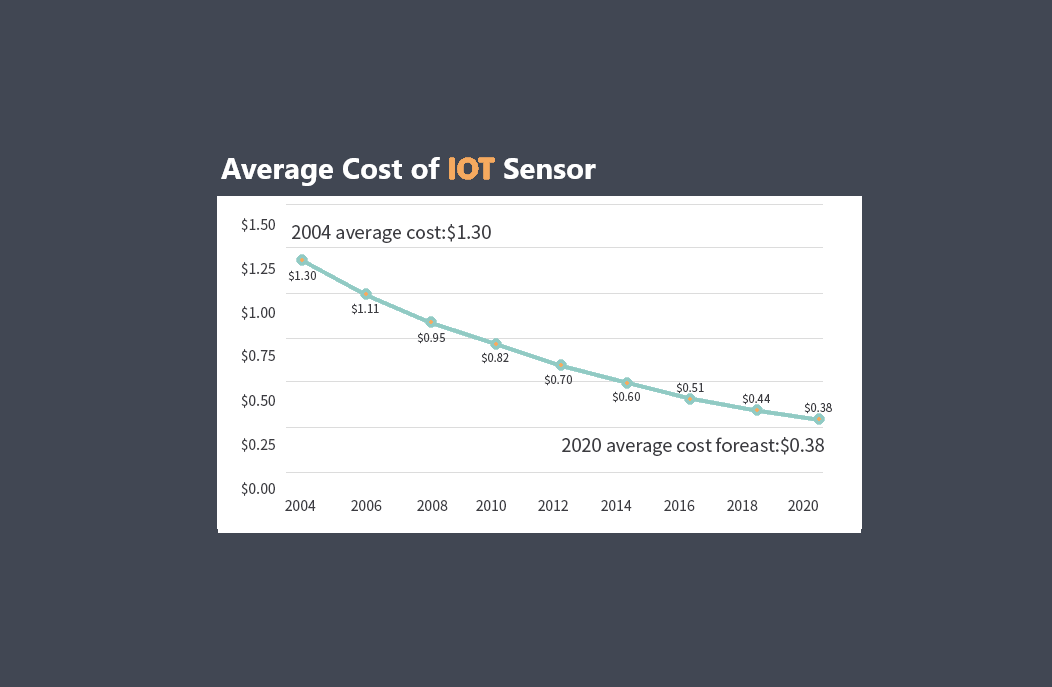
Selectivity is a parameter that refers to the ability of a sensor to distinguish between the target substance or analyte and other substances that may be present in the environment. It measures the sensor’s ability to selectively respond to the desired substance while minimizing interference from other substances.
Sensor selectivity refers to the ability of a sensor to preferentially respond to a specific target and exhibit minimal response to other substances or stimuli. It is a critical characteristic in sensor technology as it enables accurate and reliable detection and measurement of specific analytes or parameters in the presence of potential interferents.
Sensor selectivity strategies
Selectivity is a parameter that refers to the ability of a sensor to distinguish between the target substance or analyte and other substances that may be present in the environment.
Different sensors exhibit varying degrees of selectivity depending on their design and sensing mechanism. Some sensors are highly selective, responding only to a specific target substance, while others may exhibit cross-reactivity or sensitivity to multiple substances. Here are some common approaches:
Specific Sensing Mechanisms
Sensors can be designed with specific sensing mechanisms that are inherently selective to the target of interest. For example, in electrochemical sensors, the use of specific electrode materials or enzyme coatings can enhance selectivity by promoting selective reactions with the target analyte.
Molecular Recognition
Sensors can incorporate molecular recognition elements such as receptors, antibodies, or aptamers that selectively interact with the target analyte. These recognition elements exhibit high affinity and specificity, enabling the sensor to discriminate against interfering substances.
Selective Filtering
Physical or chemical filters can be employed to selectively filter out interfering substances or wavelengths of light, allowing only the target analyte or desired signal to reach the sensor. This approach is commonly used in optical sensors and spectroscopic techniques.
Signal Processing and Data Analysis
Advanced signal processing techniques, including pattern recognition algorithms and multivariate analysis methods, can be applied to the sensor data to extract specific information and enhance selectivity. By analyzing multiple sensor responses or using reference databases, it is possible to differentiate the target analyte from interfering signals.
Sensor Arrays
Instead of relying on a single sensor, sensor arrays comprising multiple sensors with different selectivities can be used. By analyzing the pattern of responses from the array, selective information about the target analyte can be obtained. Pattern recognition algorithms are often employed to interpret the sensor array data and identify the target analyte.
Environmental Control
Manipulating the environmental conditions can help improve sensor selectivity. For example, controlling temperature, humidity, or pressure can reduce the influence of interfering factors and enhance the accuracy and selectivity of the sensor response.
Achieving perfect selectivity can be challenging in practical applications, as there can be overlapping responses, cross-reactivity, or interferences from similar substances. Therefore, a combination of multiple strategies and careful optimization is often required to enhance sensor selectivity while considering the specific application requirements and constraints.

